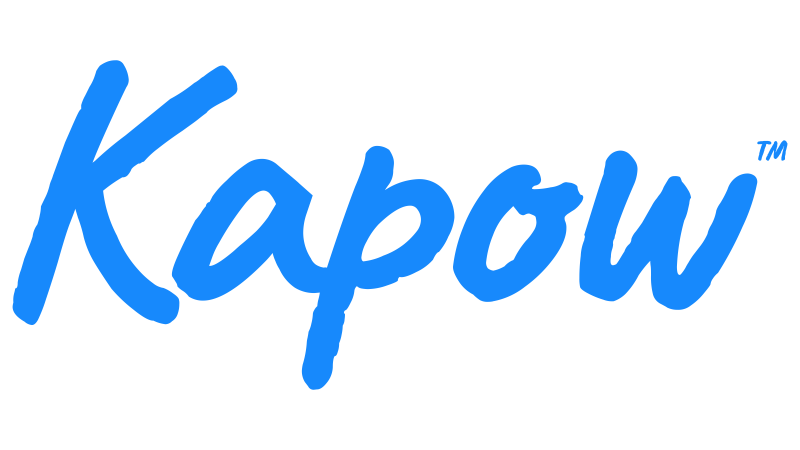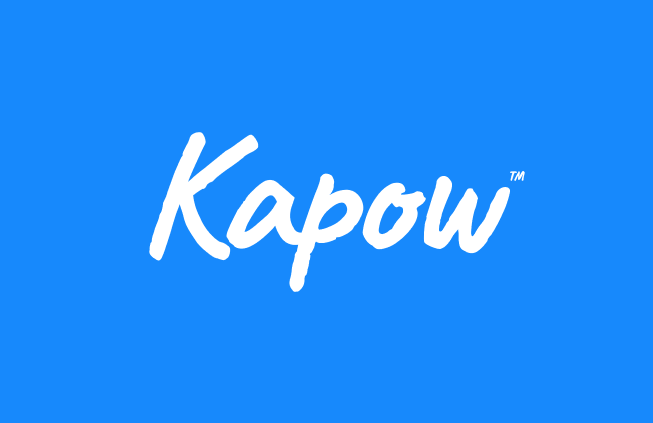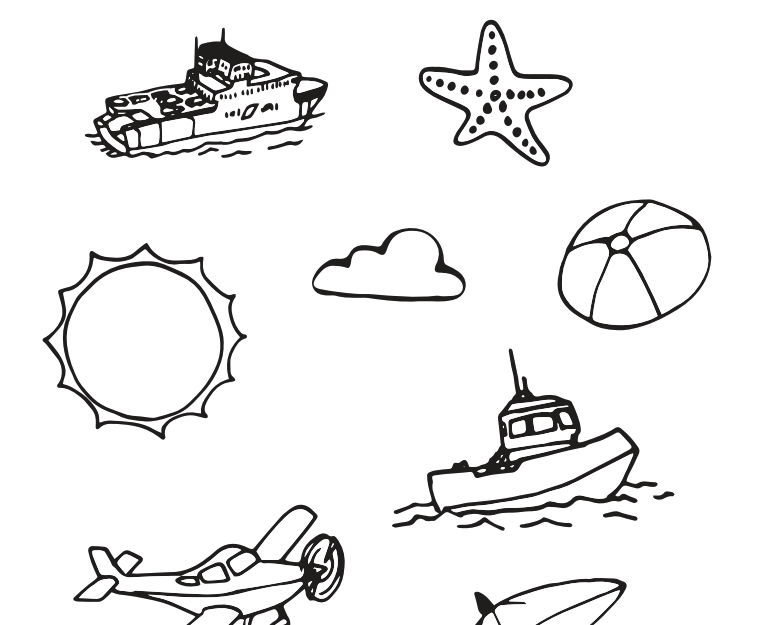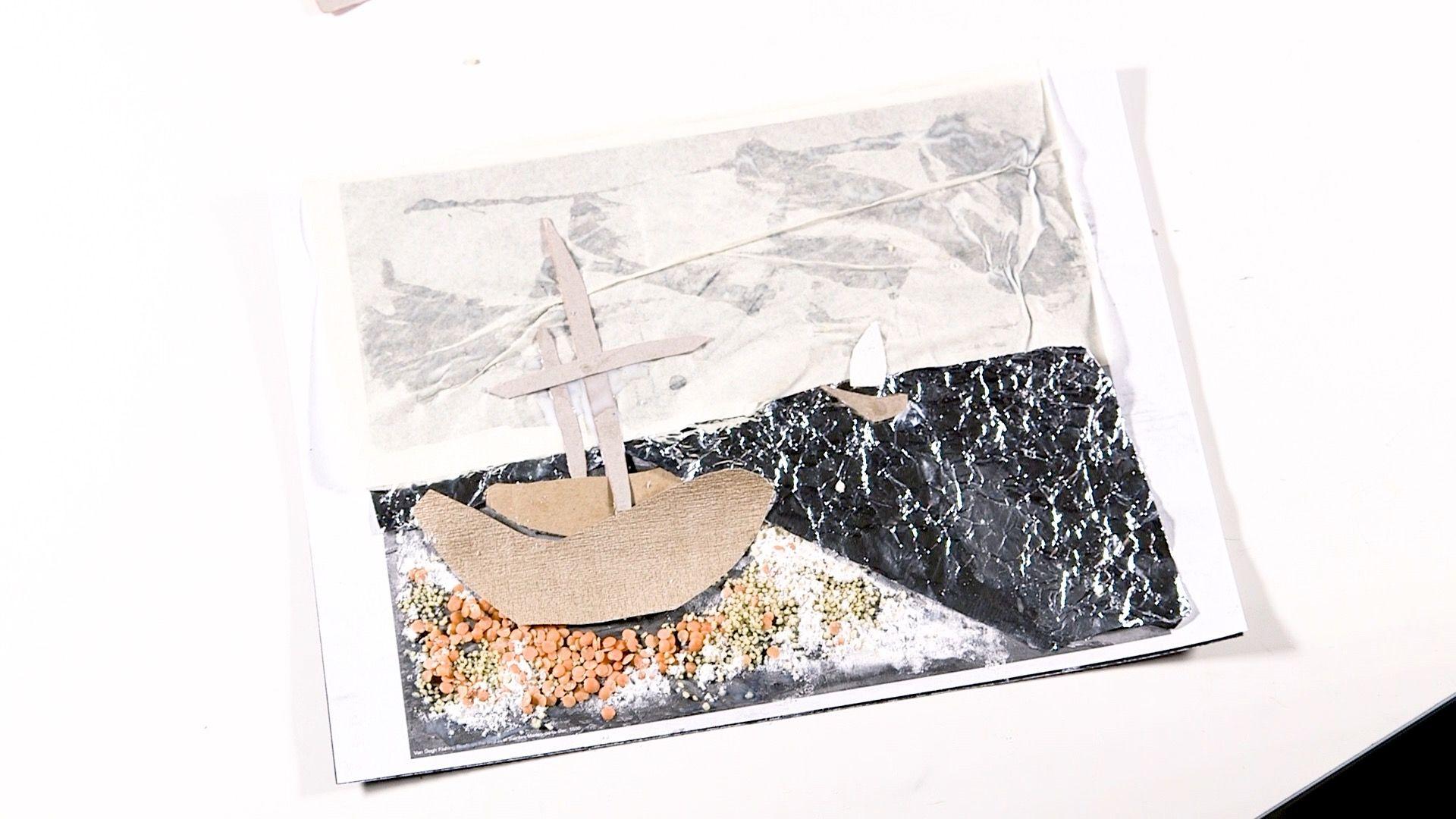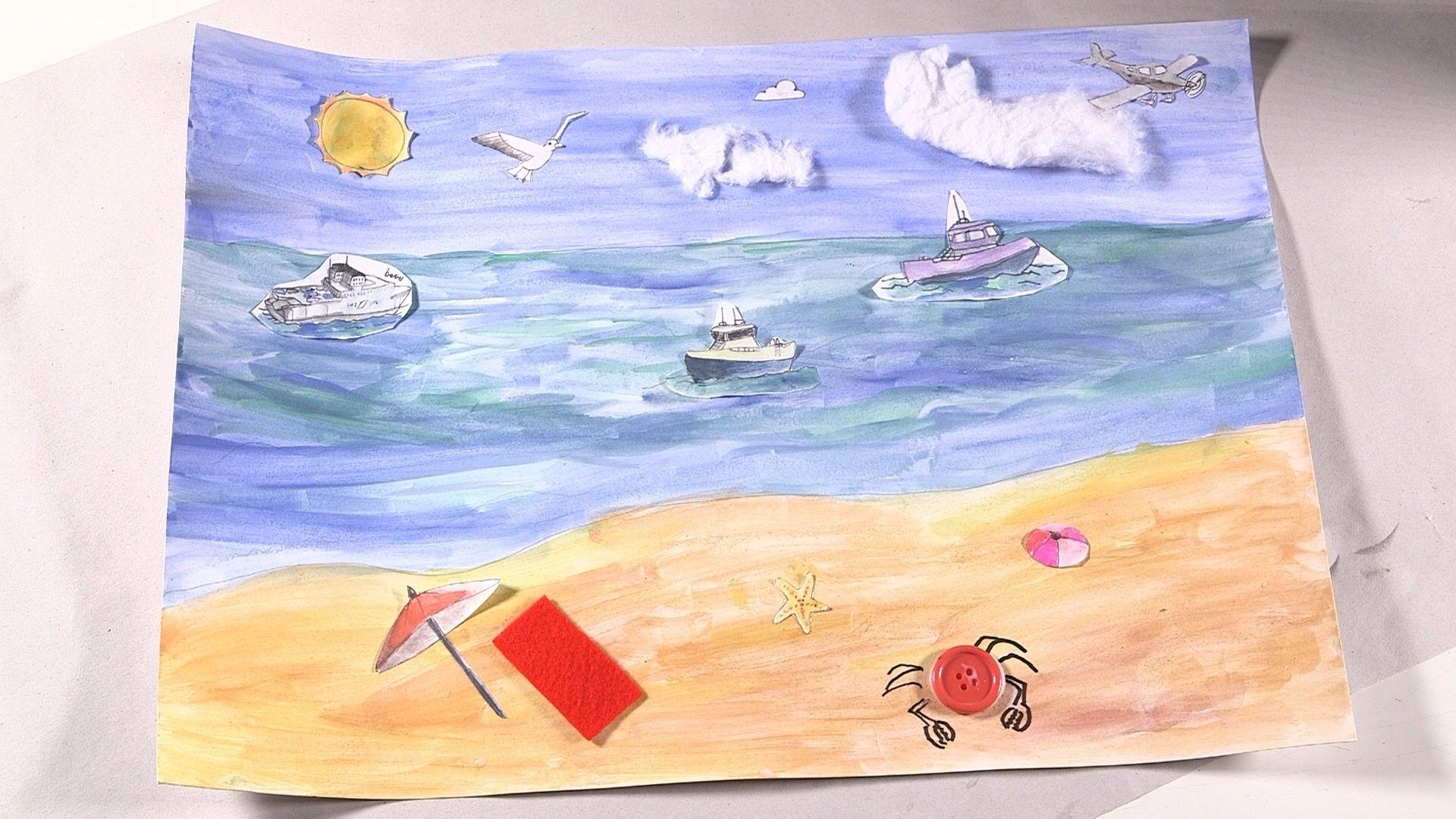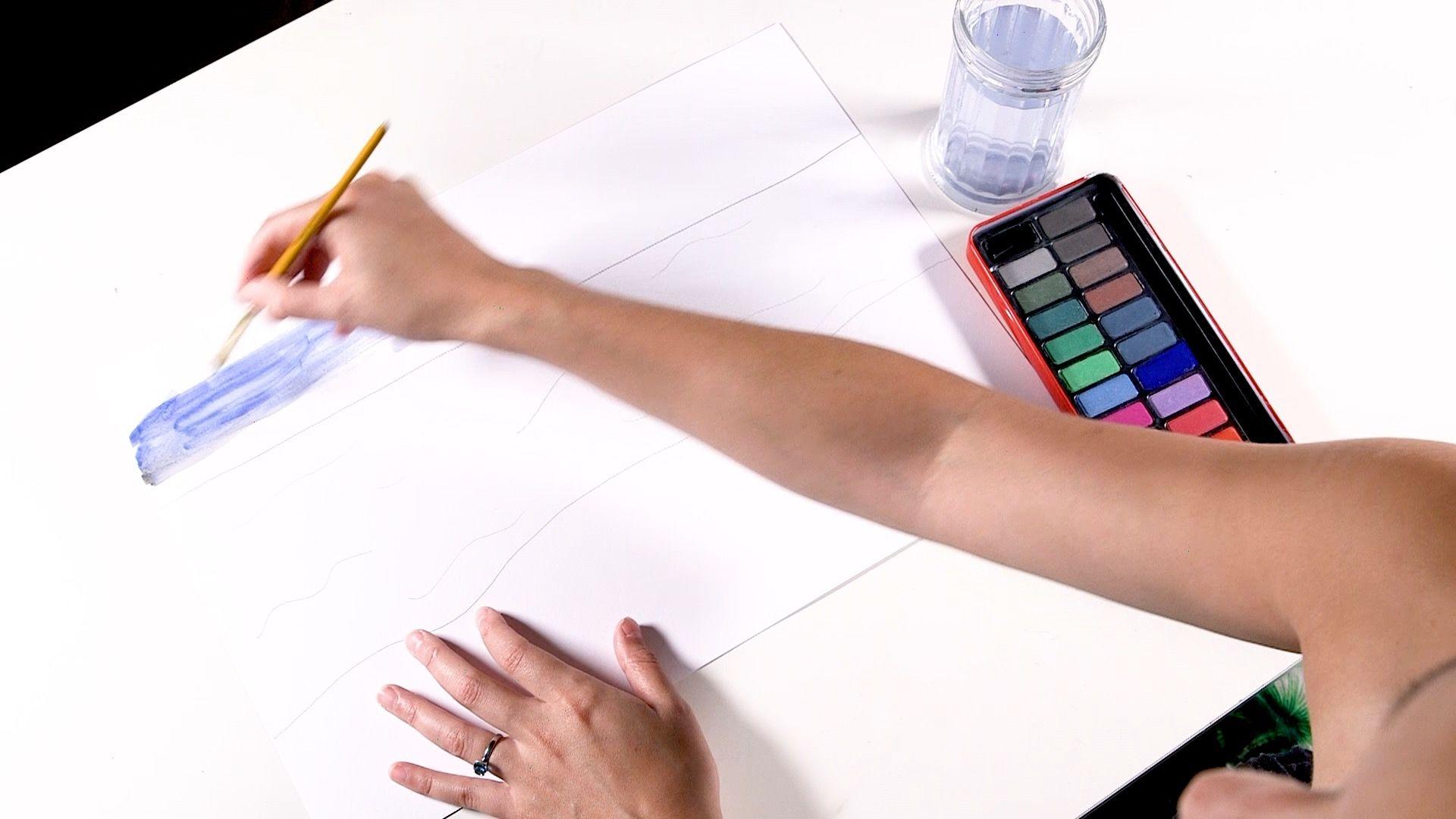Learning intention
- To reproduce and apply an artist’s colour range to their own work.
Success criteria
- I can identify colours used in an artist’s
This content is for subscribers only. Join for access today.
Cambridge Primary Art & Design (0067) Learning objectives
Experiencing
E.01 Encounter, sense, experiment with
This content is for subscribers only. Join for access today.
Before the lesson
This content is for subscribers only. Join for access today.
Lesson plan
Recap and recall
Show the Presentation: Speak like an expert. In pairs, learners take turns talking about colour mixing.
This content is for subscribers only. Join for access today.
Extended-mode explainer videos
How to extend your display to view the lesson page and preseantion mode simultaneously. Choose your operating system below to watch the video
If you need further support with extending your display,
please contact [email protected].
Differentiation
Learners needing support:
- Could make different shades for the sea (or sky or sand), which they can then apply.
Learners working at a stretch:
- Shoulduse a wider range of colours to paint with and look closely at the colours Van Gogh used.
This content is for subscribers only. Join for access today.
Assessing progress and understanding
Learners with secure understanding can:
- Create paintings that are relatively neat and controlled
This content is for subscribers only. Join for access today.
Vocabulary definitions
-
landscape
A picture of the countryside or seaside or mountains.
-
mix
Combine paint colours.
This content is for subscribers only. Join for access today.
In this unit
Lesson 1: Composition
Lesson 2: Beach textures
Lesson 3: Shades and colours of the sea
Lesson 4: Painting over texture
Lesson 5: Beach collage
